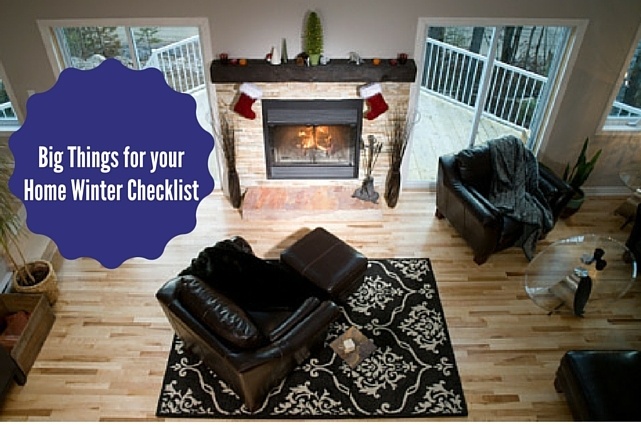
Wintertime brings a lot of great things like the holidays, potential snow days for the kids and family time spend inside next to a roaring fire.
But, winter also brings the chance for freezing temperatures, precipitation like snow and ice and dangerous storms across the country.
The first step to ensuring that your family is prepared is by making sure your home is prepared properly. And for more on how to prepare your Cook shed for winter weather, read this blog post!
Getting your home and Cook Portable Warehouse ready for winter should be at the top of your to-do list. So make sure to add these items to your winterization checklist this year!
Your Heating System
It’s smart to do a test run with your heating system before the first below freezing temperatures hit your area. Turn the thermostat to 80 degrees for testing purposes.
If the system is working normally, you should hear the furnace turn on and feel warm air within the first couple of minutes. If you don’t hear this sound or feel this warm air, contact a qualified service technician.
Other wintertime musts include, changing the air filter, clearing anything that is blocking the heating vents and making sure your fuel storage tank is full, if you have a propane or oil furnace.
Your Air Conditioning System
Of course, most of us aren’t thinking about our air conditioning unit during those months when we are bundled up and huddled under blankets. But, it also needs a little TLC before winter storms hit.
First, clean your outdoor unit with a high pressure hose to remove all the dirt and grime. Make sure to clean the fan blades and condensing coils.
Although these units are designed to be outdoors, wet weather and debris can result in rusting or freezing of the internal components. Cover with a breathable waterproof cover to help extend the life and improve the performance of your air conditioning system.
For window units, close the vents and use a smaller cover when storing during winter.
Your Chimney and Fireplace
Wood burning fireplaces and chimneys are a major source of cold air leaks during the winter.
A good first step is to make sure the chimney is clear of nests and other debris that would cause a blockage. Then, try out the operation of the flue damper to make sure it opens and closes completely and can be locked in either position.
Next, make sure your chimney is drawing fire and smoke up and out of your home. To test this, put the damper in the open position and light several sheets of rolled newspaper in the fireplace.
If the smoke isn’t rising out of the chimney, there is an obstruction of ash or dirt and you need to call a professional chimney service company.
When to get your chimney cleaned depends on how often you use it, its condition and your geographic location. But for wood burning fireplaces, the standard is once a year.
Check out part 2 of our blog series for three more big things to add to your winterization checklist!
And for more on getting your home and family ready for bad weather, download the Cook Home Emergency Preparedness Guide by clicking below.
{{cta(‘a1bcdfa4-b73a-4c2f-9af0-c7dec4e38269′,’justifycenter’)}}

